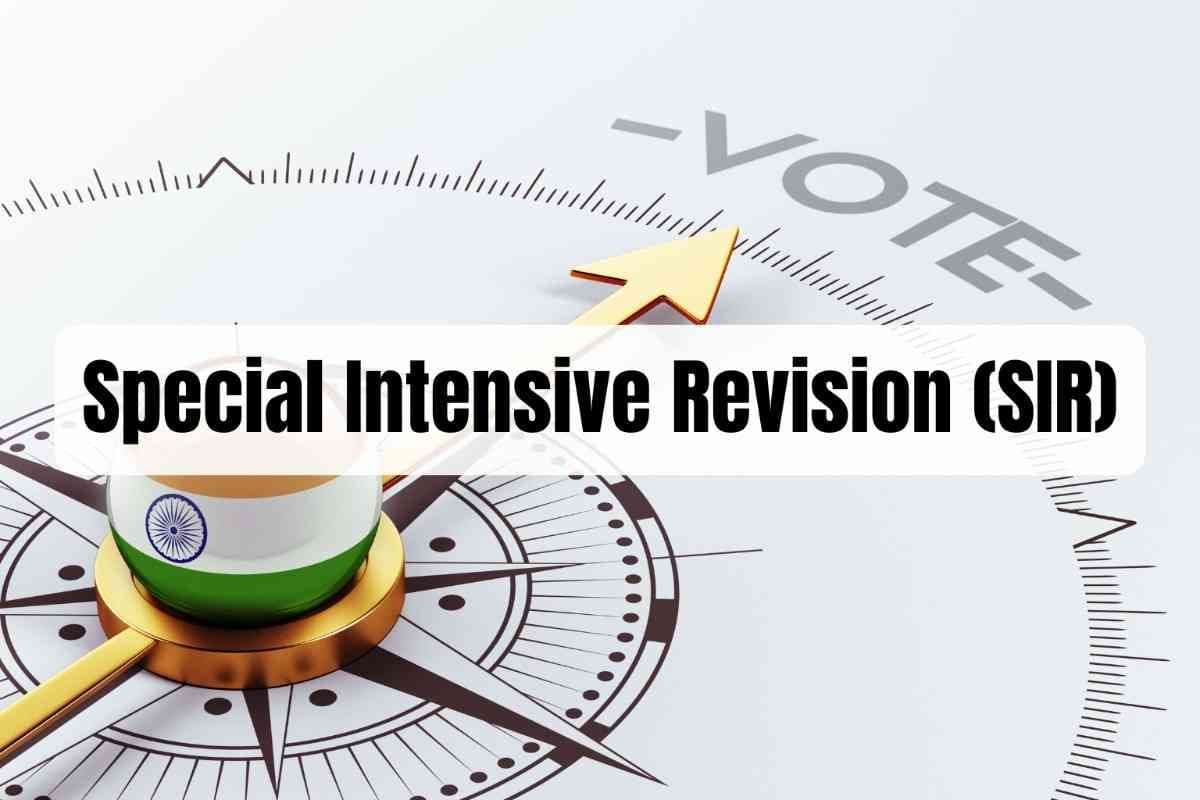Current Affairs 2024 - Healthcare challenges in India
Feb, 2025
•3 min read
Introduction
India faces a significant challenge in maintaining and improving its healthcare system amidst rising health issues, stagnant public health expenditure, and widening infrastructure gaps. The pandemic has exacerbated systemic weaknesses, reversing gains in public health spending and raising concerns about achieving Sustainable Development Goals (SDGs). Addressing these challenges requires a multi-faceted approach focused on governance, financing, infrastructure, and preventive care.
Key Health Challenges

1. Climate Change-induced Health Crisis
- Rising temperatures increase heat-related illnesses, respiratory diseases, and vector-borne diseases like dengue.
- Waterborne diseases such as cholera and typhoid are worsened by frequent floods contaminating water sources.
- Extreme weather events caused an 18% rise in weather-related deaths in just three years.
2. Antimicrobial Resistance (AMR)
- Overuse of antibiotics and inadequate regulatory oversight contribute to a rise in resistant infections, such as E. coli and Klebsiella pneumoniae.
- 47% of antibiotics used in the private sector lack approval from the Central Drug Regulator.
3. Mental Health Crisis
- Post-pandemic, mental health issues have surged, but infrastructure and workforce remain inadequate.
- With only 0.75 psychiatrists per 100,000 population, 150 million Indians lack access to mental health interventions.
4. Rising Non-Communicable Diseases (NCDs)
- Sedentary lifestyles and dietary changes have caused a rise in diabetes, cardiovascular diseases, and cancers.
- India now has over 101 million people living with diabetes, up from 70 million in 2019.
5. Double Burden of Diseases
- India struggles with communicable diseases like TB and dengue while addressing the rising burden of NCDs.
- Emerging infectious diseases like H3N2 influenza and zoonotic threats further strain the healthcare system.
Why India Struggles with Healthcare?

1. Fragmented Governance
- Lack of coordination among central, state, and local bodies leads to inconsistent healthcare outcomes.
- States like Kerala outperform others like Bihar due to varying implementation of policies like the Clinical Establishments Act.
2. Low Public Health Spending
- Public health expenditure is only 1.9% of GDP, while out-of-pocket expenses account for 62.6% of total health spending.
3. Urban-Rural Divide
- 65% of hospital beds cater to urban populations, leaving rural areas underserved.
- Only 16% of CHCs meet Indian Public Health Standards.
4. Workforce Shortages
- Shortages in surgeons, pediatricians, and healthcare professionals persist, especially in rural areas.
- Rural postings remain unattractive despite incentives, leading to uneven workforce distribution.
5. Supply Chain Inefficiencies
- Dependence on imported APIs (70% from China) affects drug availability and costs.
- Stockouts of essential medicines are frequent in public healthcare facilities.
Initiatives for the Healthcare Sector
1. National Health Mission (NHM)
- Strengthens public health systems, focusing on maternal, child health, and communicable diseases.
- Enhances access to affordable healthcare in rural and urban areas.
2. Ayushman Bharat
- Focuses on preventive and curative healthcare through Health and Wellness Centres.
- Addresses financial protection with health insurance coverage for vulnerable populations.
3. Pradhan Mantri Jan Arogya Yojana (AB-PMJAY)
- Offers cashless health coverage of ₹5 lakh per family annually for secondary and tertiary care.
- Targets economically disadvantaged sections for equitable healthcare access.
4. National Medical Commission (NMC)
- Regulates medical education and ensures quality healthcare standards.
- Aims to increase the availability of trained medical professionals across the country.
Strengthening the Healthcare System

1. Integrated Digital Health Ecosystem
- Implement the Ayushman Bharat Digital Mission for unified electronic health records and real-time disease monitoring.
- Strengthen telemedicine platforms like e-Sanjeevani for rural connectivity.
2. Strengthening Primary Health Care
- Upgrade Health and Wellness Centers (HWCs) with diagnostics, telemedicine, and trained personnel.
- Promote preventive care through health screenings, vaccinations, and community education.
3. Public-Private Partnerships (PPP)
- Create clear regulatory frameworks with quality benchmarks and pricing controls for private sector engagement.
- Develop independent monitoring systems to ensure accountability in PPP models.
4. Increased Healthcare Financing
- Raise public health spending to 2.5% of GDP and expand health insurance coverage under schemes like Ayushman Bharat.
- Simplify claim processes to improve accessibility for vulnerable populations.
5. Medical Education and Workforce Development
- Modernize medical education to align with emerging healthcare needs and promote rural postings through incentives.
- Learn from models like Chhattisgarh’s Mitanin program to address rural workforce shortages.
6. Domestic Manufacturing of Medicines
- Develop API parks to reduce dependence on imports and promote indigenous pharmaceutical manufacturing.
- Strengthen the Jan Aushadhi network for affordable generic medicines.
7. Focus on Preventive Healthcare
- Launch comprehensive screening programs and integrate traditional medicine with modern healthcare practices.
- Promote campaigns like Fit India and Eat Right India to address lifestyle diseases.
8. One Health Approach
- Strengthen collaboration between human, animal, and environmental health sectors to manage zoonotic diseases.
- Implement early warning systems for outbreak prevention and preparedness.

Conclusion
To align with SDG 3 (Good Health and Well-being), India must prioritize equitable access to quality healthcare, reduce preventable deaths, and strengthen healthcare systems through increased investment in primary care, disease prevention, and digital health solutions. By addressing systemic gaps and focusing on universal health coverage, India can ensure healthier lives and promote well-being for all age groups, contributing significantly to achieving the SDG 3 targets.
Weekly News Analysis by SuperKalam
Related Blogs
![Vijay Diwas 2025: Why 16 December is Celebrated [UPSC Current Affairs]](/_next/image?url=https%3A%2F%2Fblog-media.superkalam.com%2FVijay_Diwas_2631842d69.jpeg&w=3840&q=75)
Vijay Diwas 2025: Why 16 December is Celebrated [UPSC Current Affairs]
Dec, 2025
•6 min read

Special Intensive Revision (SIR) of Electoral Rolls: Definition, Objectives, Significance, & Challenges
Dec, 2025
•4 min read

UNICEF Day 2025: 79 Years of Global Commitment to Child Rights & Protection
Dec, 2025
•4 min read